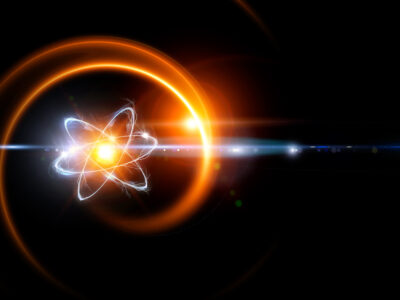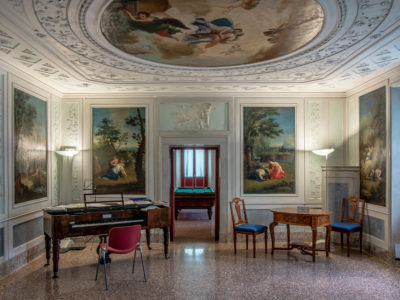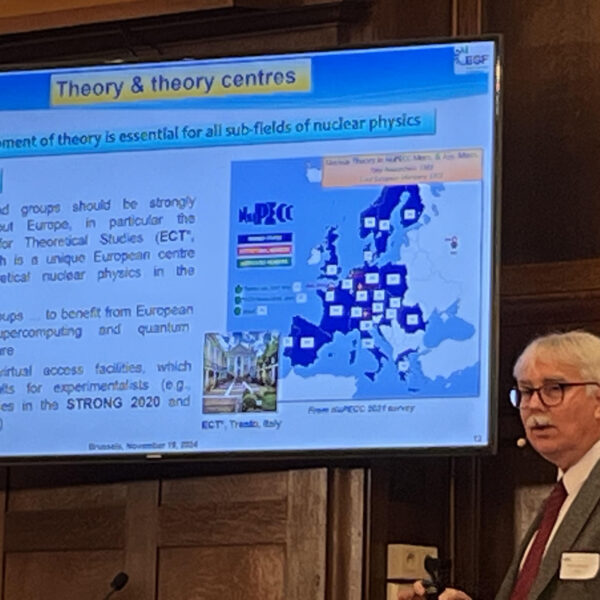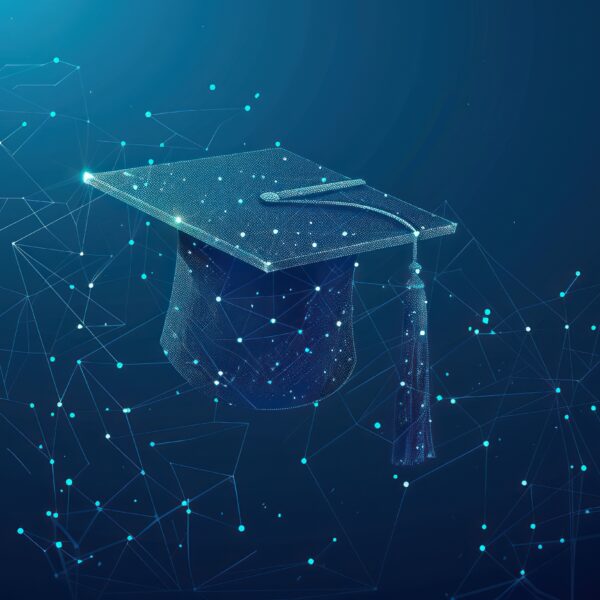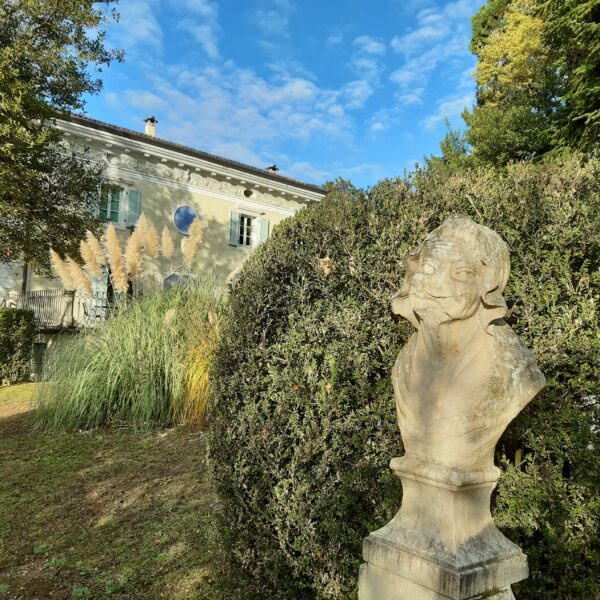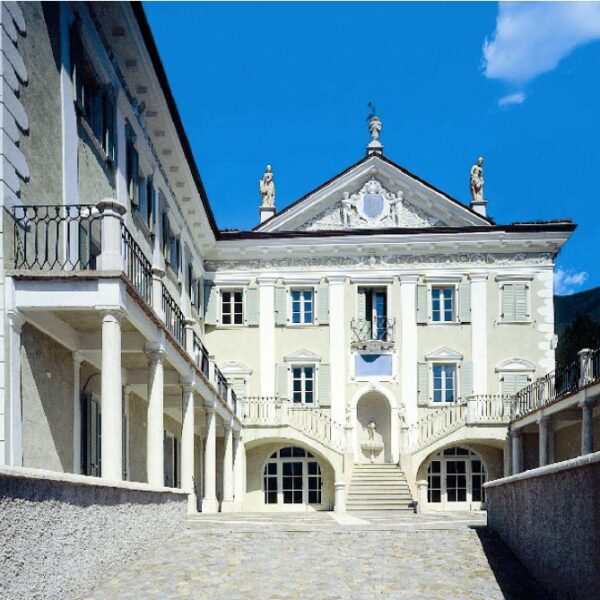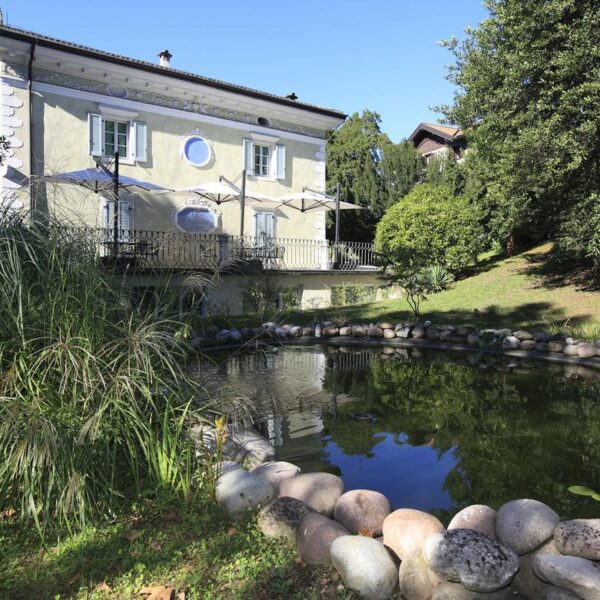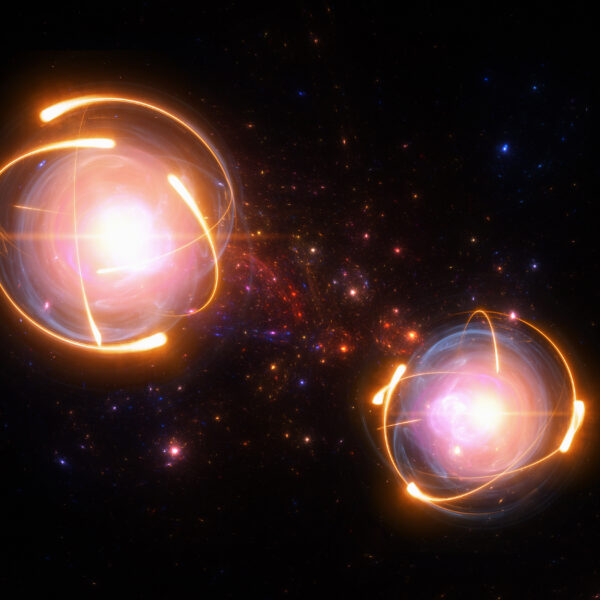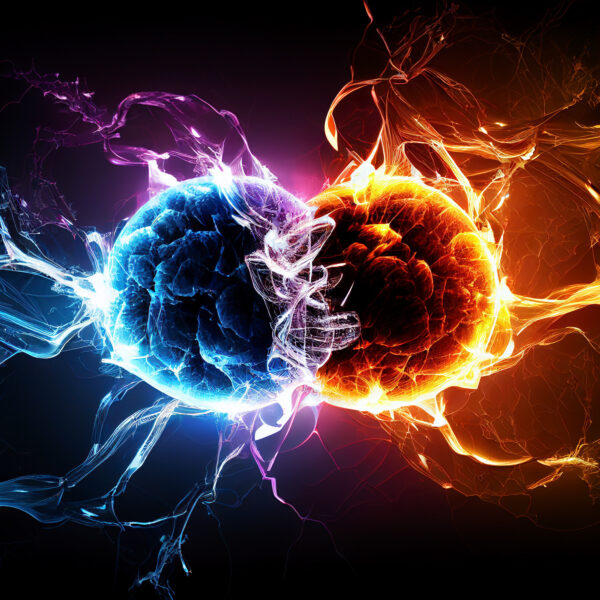Highlights
Latest news
Upcoming events
-
Ab initio applications in nuclear theory have grown dramatically over the past two decades thanks to the rapid development of effective field theories (EFT) for the nuclear force and the introduction of advanced algorithms for large scale many-body computations.More info
-
The study of the QCD phase diagram in the high-muB region is a key avenue toward understanding strongly interacting matter under extreme conditions. First accurate data in the collision energy region around 10 GeV, corresponding to baryo-chemical potentials of several hundred MeV, became available recently, with the completion of the Beam Energy Scan at RHIC. Hadronic and electromagnetic observables were the main addressed topics. The next breakthrough is expected with the CBM/HADES experiments at FAIR/GSI and the proposed NA60+ experiment at SPS/CERN that will take data at interaction rates larger by at least two orders of magnitude, allowing a much more accurate study of electromagnetic probes and first results on heavy-quark production. Following an exploratory workshop held at ECT* in 2021, we now aim at substantial progress in reviewing currently available results, analyzing the physics potential of the forthcoming experiments, and discussing first actual predictions for the future measurements. We will also review the progress on new detectors for high-luminosity experiments, identifying possible developments and synergies between the various projects.More info
-
The charge radius is a fundamental property of the nucleus, whose knowledge has implications in the development of nuclear structure theory, precision QED tests and searches for physics beyond the Standard model (BSM). Spectroscopy of muonic atoms has produced charge radii with unprecedented precision. Laser spectroscopy is the leading technology to determine charge radii of H and He, while low temperature microcalorimeters as metallic magnetic calorimeters allow a ten-fold improvement for the lightest nuclei (up to Z~10). On the theory side, progress depends critically on a better understanding of nucleon and nuclear polarizabilities, which traditionally constitute the main systematic limitation. The aim of this workshop is to discuss the innovative technologies for high-resolution X-ray spectroscopy, and to discuss necessary improvements on the theoretical side, required to match the experimental accuracies. In addition, perspectives for testing BSM will be presented.More info
-
The study of strong-coupling phenomena in quantum field theory has been under particularly intensive study in recent years, with new insights coming from both analytic and numerical innovations. This one-week meeting will bring together scientists from the analytic and numerical communities for a short but intensive workshop to exchange ideas and strengthen collaborations between researchers using different theoretical approaches, ranging from Monte Carlo methods, insights from generalized symmetries and anomalies, topological phases of matter, tensor networks, machine learning and other methods. We plan to have a few talks each day with lots of time for informal discussions between the workshop participants.More info
-
With the advent of quantum computers and the recent developments in tensor network methods, Hamiltonian Lattice Gauge Theories have gained renewed interest: The quest is to find efficient formulations of (non-)Abelian lattice gauge theories, which can be facilitated in current and future Hamiltonian simulations. The promise is the ability to investigate problems not accessible to stochastic simulation methods, such as systems at non-zero matter density, topological terms or realtime phenomena. The workshop aims to bring researchers working on these questions together and discuss the most recent algorithmic and methodological developments as well as results for various applications in the field.More info
